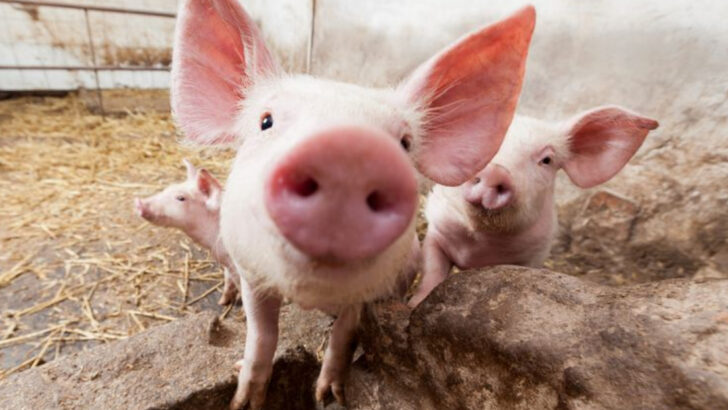They feel it.
Not sort of, not maybe—they feel pure joy.
A dog flying through the air to catch a frisbee isn’t just exercising.
A goat hopping sideways on a sunny hillside isn’t just moving.
That’s bliss. That’s happiness bursting through fur, feathers, and hooves.
We like to pretend only humans can savor a good moment.
But science and common sense say otherwise.
From purring cats to dolphins playing tag in the surf—
animals celebrate life in a hundred wild, goofy, and heart-melting ways.
Ready to witness the kind of happiness that needs no words?
You’re about to see it in tails that won’t stop wagging,
in eyes that sparkle with affection,
and in creatures who remind us how sweet simple joy can be.
Let’s dive into the smiles, squeals, and snuggles.
Here are 14 signs that prove animals don’t just live—they love it.
Tail Wagging in Dogs
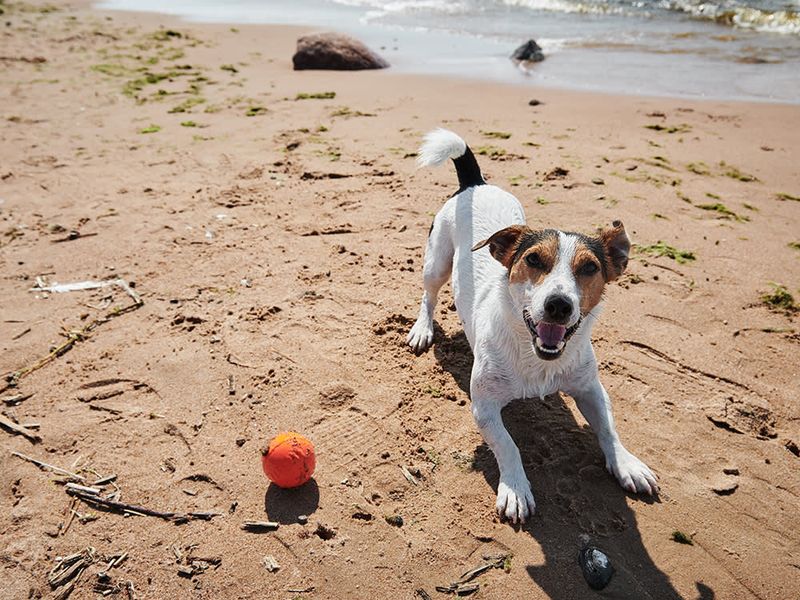
With a tail that seems to have a mind of its own, a dog can fill any room with joy. Tail wagging is one of the most universal signs of canine happiness. When a dog wags its tail, it often means it feels excited, content, or even relieved. The speed and direction of the wag can also convey a dog’s emotional state.
For example, a broad, sweeping wag typically indicates friendliness. In contrast, a slight wag might mean the dog is feeling curious. Observing these wags helps us understand our furry friends better.
Purring in Cats
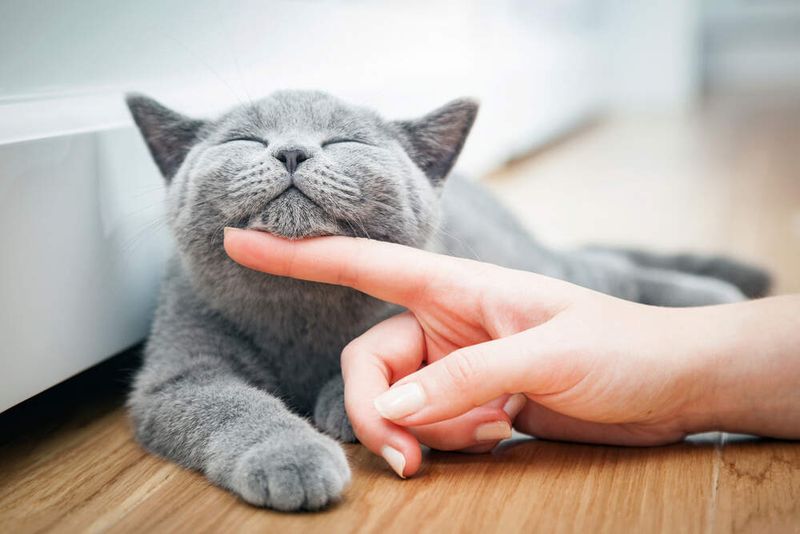
A cat’s purr is like a gentle melody that speaks volumes about its mood. When a cat purrs, it’s a sign of contentment and relaxation. This soft, rhythmic sound is soothing for both the cat and its human companions.
While cats can purr for various reasons, such as comfort or healing, a strong, steady purr often signals a happy feline. When your cat curls up on your lap, purring away, you know it’s in its happy place. It’s these small moments that strengthen the bond between you and your pet.
Playful Frolicking in Lambs
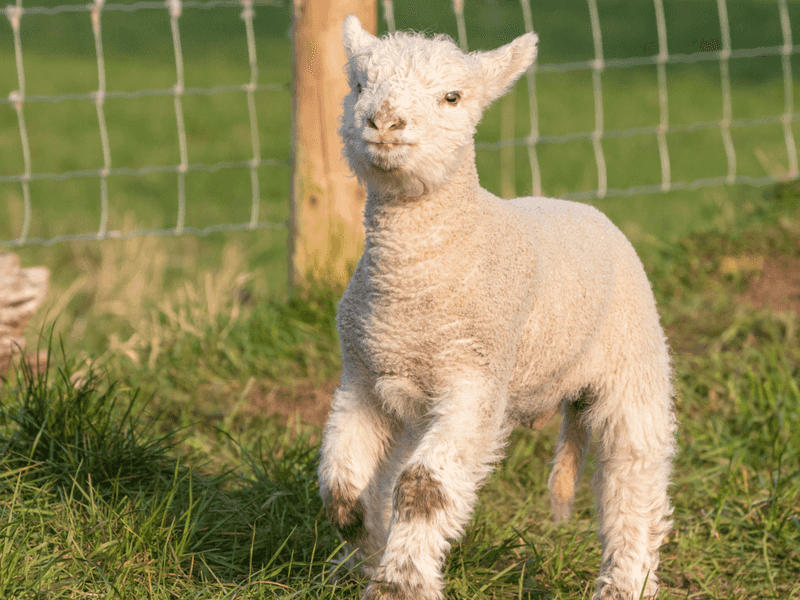
Watching lambs frolic in a meadow is a heartwarming sight. Their playful antics, including jumping and twisting in the air, are sure signs of pure happiness. Lambs express joy in such a carefree manner, embodying the essence of youthful exuberance.
These animals seem to take immense delight in the simple act of playing. Observing them can bring a smile to anyone’s face. Their uninhibited play serves as a reminder of the beauty in carefree moments and the joy found in nature’s simplicity.
Chirping in Birds
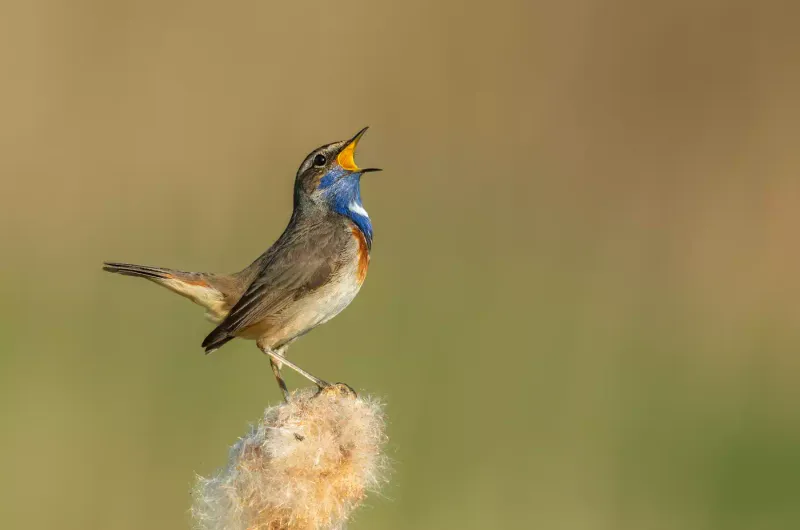
A bird’s chirp can brighten even the gloomiest of days. When birds chirp, they often communicate happiness and contentment. A lively, melodic song from a feathered friend can indicate that it’s enjoying its surroundings.
Birds use chirping to express various emotions, but a cheerful tune usually signals a happy bird. Whether they’re greeting the morning sun or interacting with other birds, their chirps are a delightful expression of joy. It’s nature’s way of adding a melodic touch to our lives and lifting our spirits.
Happy Hopping in Rabbits
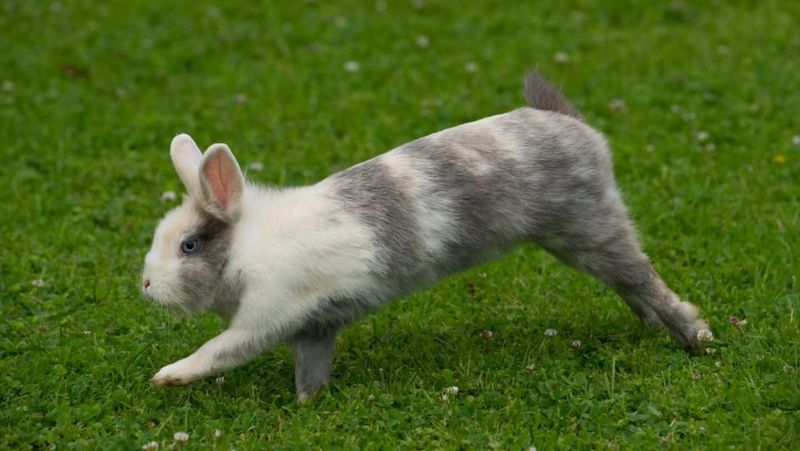
Rabbits have a unique way of showing their joy through a behavior known as “binkying.” A binky is when a rabbit jumps and twists in mid-air, often accompanied by a little kick. This playful behavior is a clear indication of a rabbit’s happiness.
When a rabbit binkies, it’s celebrating life in its own special way. Watching a rabbit engage in this delightful dance is a joyful experience. It’s a reminder of the happiness found in small, unexpected moments and the unique ways animals express their joy.
Trunk Swaying in Elephants
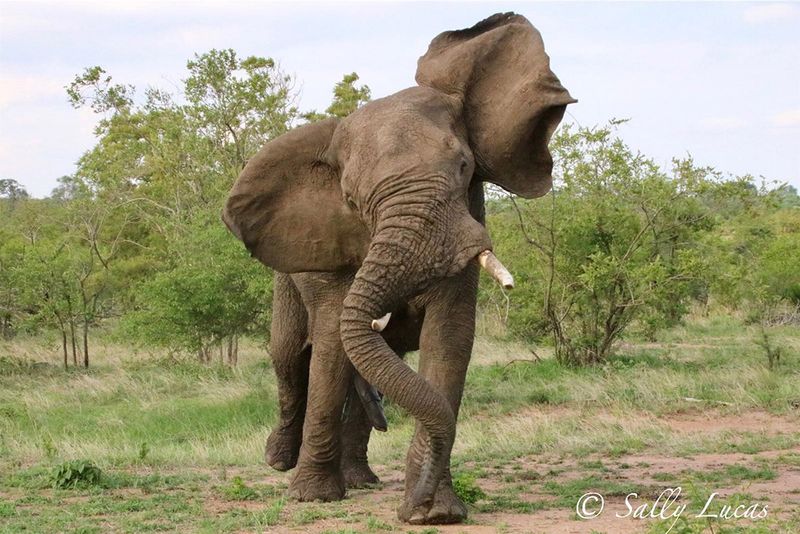
Elephants express happiness with their trunks, swaying them rhythmically from side to side. This movement is often accompanied by playful trumpeting, indicating a joyful mood. Elephant calves, in particular, are known for swaying their trunks when excited.
This gentle swaying is a fascinating behavior that reflects the complex emotional world of elephants. Observing an elephant’s trunk movements offers insights into its feelings, providing a glimpse into its joyful moments. The sight is both majestic and heartwarming, showcasing the depth of emotion in these gentle giants.
Joyful Leaping in Dolphins
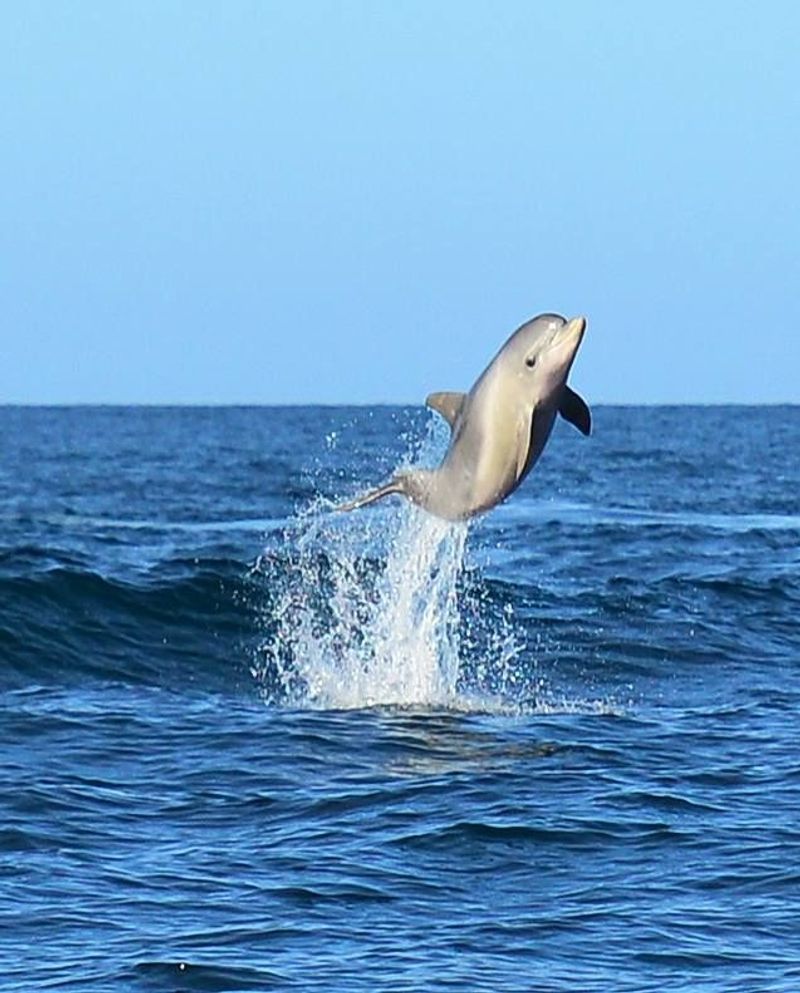
Dolphins are known for their acrobatic leaps and spins, which are sure signs of happiness. These intelligent creatures express joy through playful interactions with their pod members and the environment. A dolphin’s leap is not only an impressive sight but also a joyful expression.
Such behavior often occurs during social activities, highlighting the strong bonds within dolphin pods. Witnessing dolphins leap and play is a captivating experience, reflecting their lively nature and zest for life. It’s a testament to the vibrant social world of these marine mammals.
Contented Cud-Chewing in Cows

Cows show their contentment through the simple act of cud-chewing. This behavior indicates relaxation and satisfaction, often occurring when cows are in a comfortable and safe environment. Cud-chewing is a part of their digestive process, but it’s also a sign of well-being.
When a cow is seen chewing cud, it’s enjoying a moment of peace in its day. This calm behavior is a reminder of the simple pleasures in life and the contentment found in routine. Observing a cow in this state brings a sense of tranquility and happiness.
Wagging Tails in Foxes
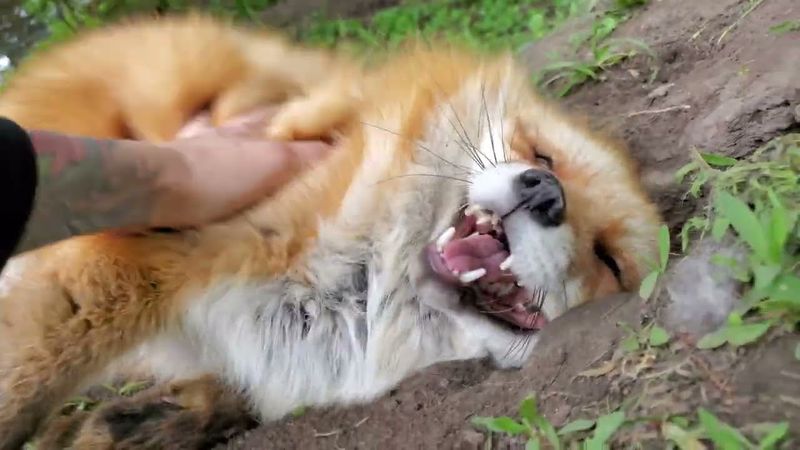
Foxes, like their canine relatives, express happiness through tail wagging. A fox with a wagging tail is often feeling playful and curious. This behavior can be observed during interactions with other foxes or even when exploring new environments.
The wagging tail of a fox is a charming display of its joyful mood. It’s a behavior that highlights the lively and inquisitive nature of these animals. Watching a fox wag its tail in excitement is a delightful reminder of the joy found in the animal kingdom.
Snout Nuzzling in Pigs
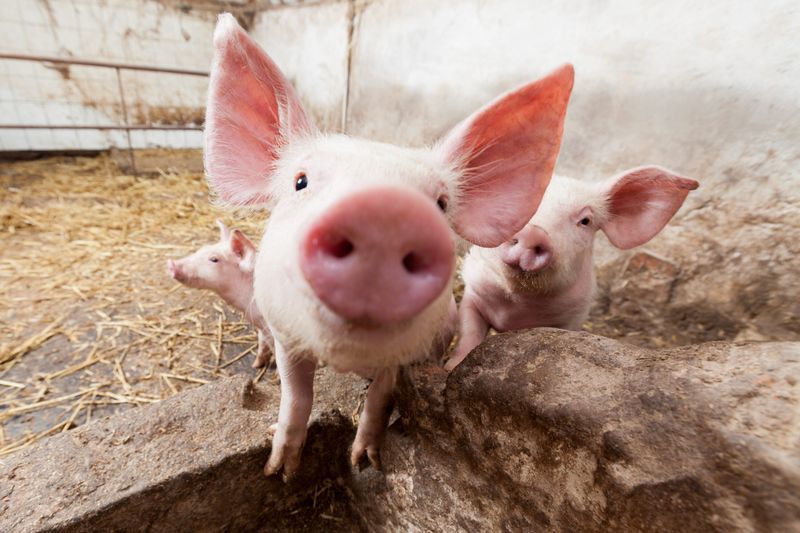
Pigs show affection and happiness through nuzzling with their snouts. This behavior is often seen when pigs interact with each other or with humans they trust. A gentle nuzzle is a sign of comfort and warmth.
When a pig nuzzles, it’s expressing a connection and contentment. This behavior is endearing and highlights the social nature of pigs. It’s a reminder of the bonds that animals form, both with each other and with humans, and the happiness that these relationships bring.
Joyful Galloping in Horses
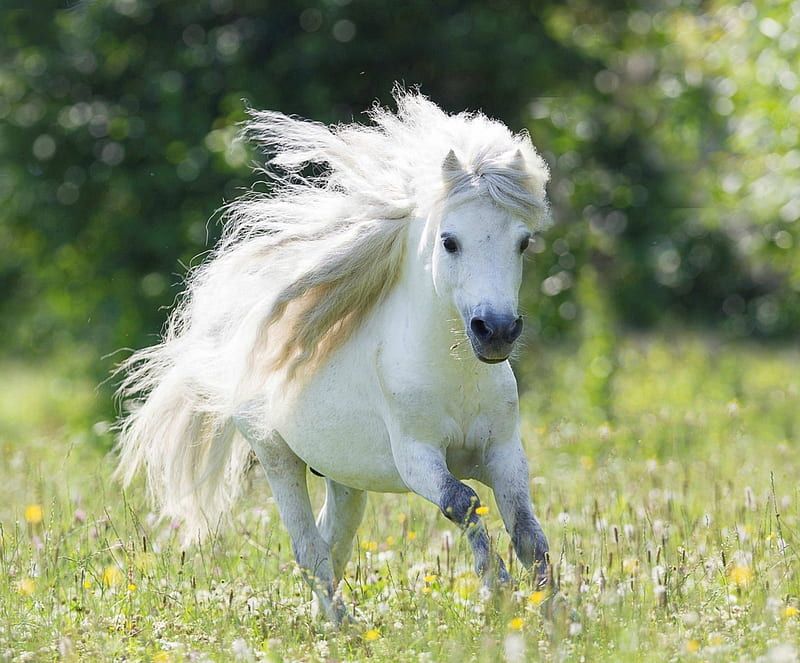
A horse in full gallop, mane flowing in the wind, is a breathtaking symbol of freedom and happiness. Galloping is a natural behavior for horses, often occurring when they feel playful and spirited. This energetic motion is a clear sign of a horse’s well-being.
Watching a horse gallop is a reminder of the grace and power these animals possess. It’s a joyful expression of their vitality and enthusiasm for life. A galloping horse is a magnificent sight, embodying the essence of untamed joy and freedom.
Blissful Sunbathing in Lizards

Lizards, such as iguanas, express happiness through sunbathing. This behavior, known as basking, is essential for their thermoregulation and overall well-being. A content lizard can often be seen stretched out on a warm rock, soaking up the sun’s rays.
Sunbathing is not only practical for lizards but also a sign of satisfaction and comfort. Observing a lizard bask in the sun is a peaceful sight, showcasing their simple yet profound way of finding happiness. It’s a reminder of the importance of warmth and relaxation in our lives.
Energetic Zoomies in Puppies
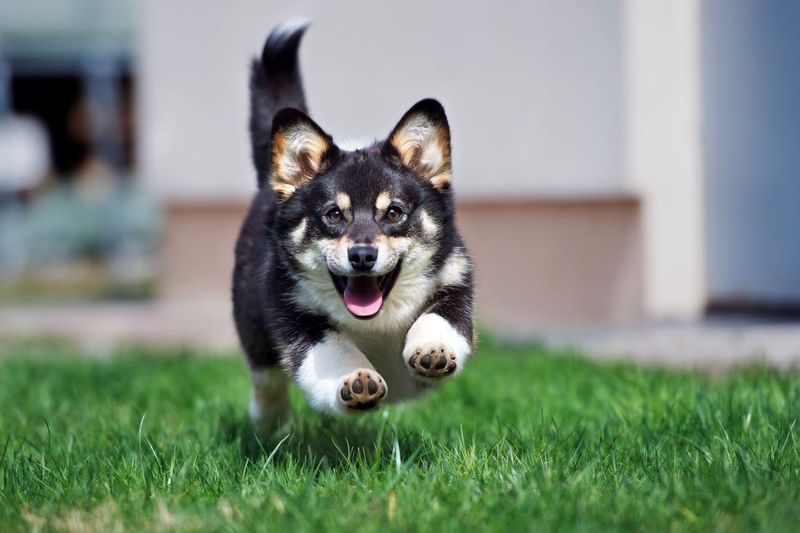
Puppies often express their happiness through a burst of energy known as “zoomies.” This behavior involves running around in circles at high speed, often accompanied by joyful barking. It’s a delightful and energetic display of a puppy’s excitement and exuberance.
Zoomies usually occur when puppies are feeling particularly happy or have excess energy to burn. Watching a puppy zoom around is an endearing experience that brings smiles to everyone around. It’s a vivid reminder of the joy and vitality that young animals bring into our lives.
Peaceful Coos in Doves

Doves are often associated with peace and love, and their gentle cooing is a sign of happiness and contentment. This soft, soothing sound is a way for doves to communicate their satisfaction and well-being.
Cooing is often heard when doves are relaxed and comfortable in their environment. It’s a calming and pleasant sound that enhances the tranquility of any setting. Observing doves cooing is a reminder of the simple joys in life and the peaceful moments that nature provides.

